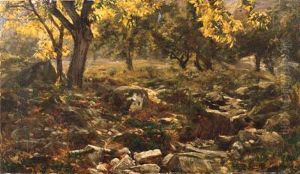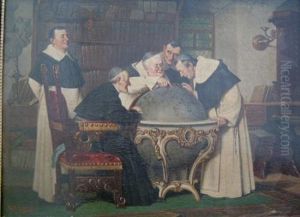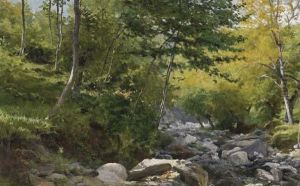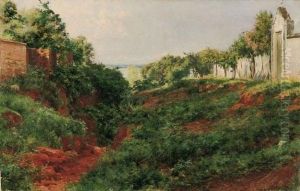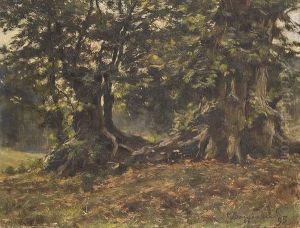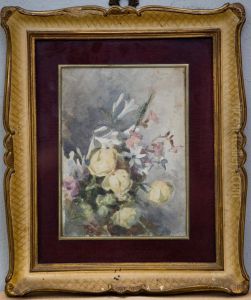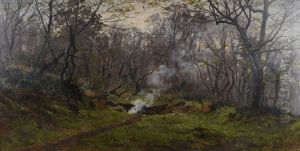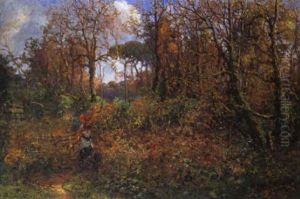Guido Boggiani Paintings
Guido Boggiani was an Italian painter, photographer, and ethnographer born in Omegna, Italy, in 1861. His artistic journey began in the vibrant cultural atmosphere of Italy, where he developed his skills as a painter. Boggiani's work initially followed the Italian tradition, focusing on genre scenes, landscapes, and historical subjects. Over time, his artistic interests expanded beyond the conventional boundaries of painting, leading him into the realms of photography and anthropology.
In the 1890s, Boggiani's fascination with indigenous cultures of South America steered his career in a new direction. He traveled to Paraguay and Brazil, where he dedicated himself to the study and documentation of the Chamacoco, an indigenous group living in the Gran Chaco region. Boggiani's approach was not that of a typical ethnographer; he lived among the Chamacoco people, learning their language and customs, and developed a deep respect for their way of life.
Boggiani's photographs and collections of artifacts from his time with the Chamacoco are considered invaluable records of a culture that has since undergone significant changes. His work provided a rare, detailed look at the daily life, rituals, and artistry of the Chamacoco, serving as an essential resource for anthropologists and historians. Unfortunately, Boggiani's life and career were cut short under mysterious circumstances. In 1902, during one of his expeditions in the Chaco region, he disappeared. It was later suggested that he may have been killed by the indigenous people he was studying, but the exact details of his death remain unknown.
Despite his untimely death, Guido Boggiani's legacy endures through his contributions to ethnography and visual anthropology. His photographs and writings are preserved in various institutions, offering a window into the world of the indigenous people of South America at the turn of the 20th century.
